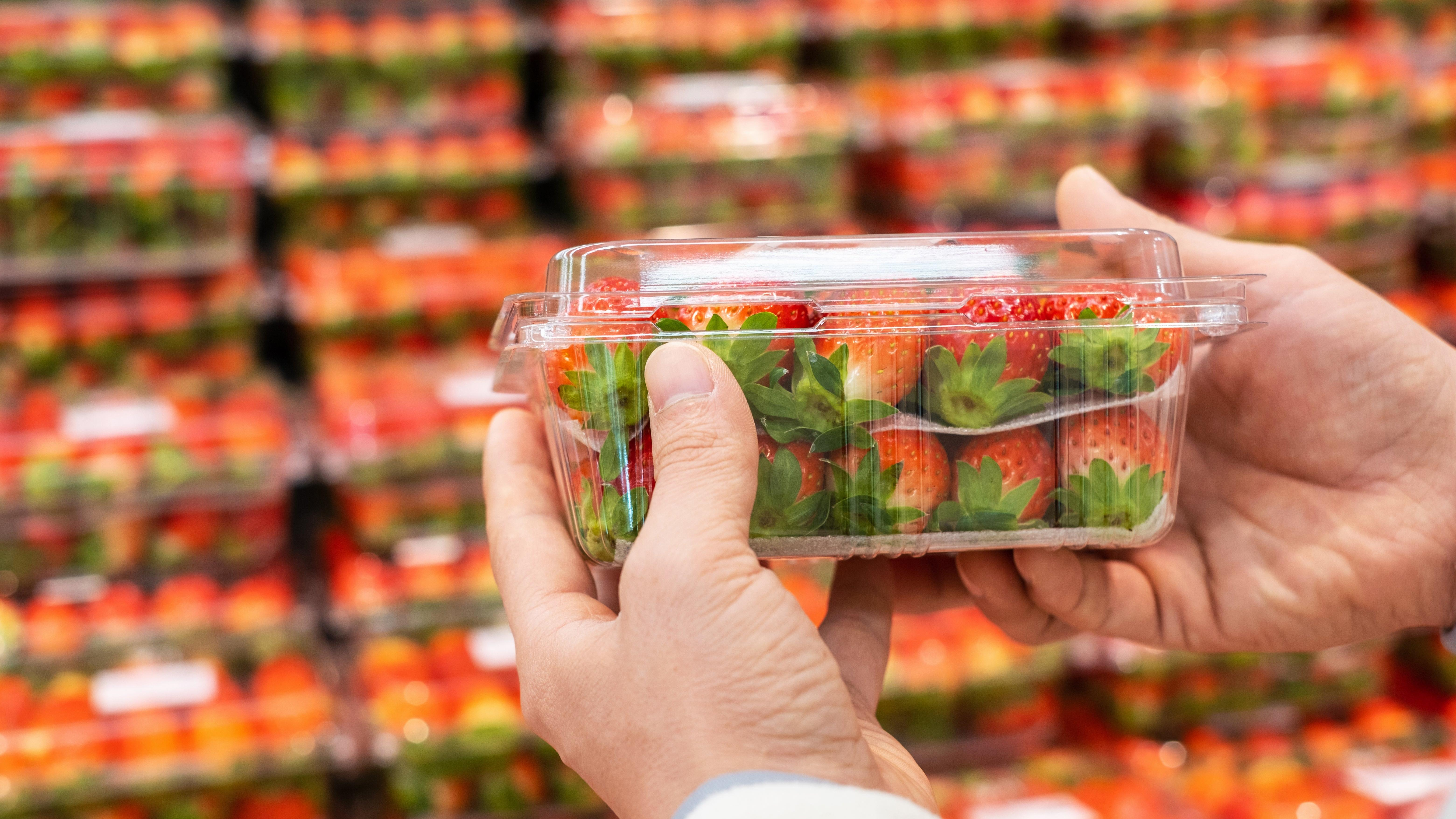This Invention Could Slash Food Waste Globally
A PhD student has developed a sensor that can let us know when food has expired.
Recent consumer data shows that people spend $3,000 a year on items that ultimately get tossed out—so yes, food waste is a pressing concern. Produce like fruit and veggies often go unused, and eventually make their way to the trash. I have to admit I am guilty of this particular sin; I never seem to finish all the veggies I have in the crisper before they start to go south. Luckily, science might soon save the day.
A PhD student at Southern Methodist University's (SMU) Lyle School of Engineering has found a way to combat the common issue of food waste. How? By determining whether your food actually needs to be tossed, or if you've got some time left to use it.
This sensor will detect if your food has gone bad
FOX 4 reports that PhD student Khengdauliu Chawang has created a mass manufacturable, disposable, and environmentally friendly pH sensor that signals whether or not your food has spoiled. The sensors, which look like little plastic ribbons, work like a small radio frequency identification (RFID) device and can report a food package's pH levels with a quick scan.
Chawang explained to SMU's newspaper just how the sensors work to determine food freshness. They're capable of detecting a food's concentration of hydrogen ions, which is how pH is measured, by measuring their electrical charge.
All food has a certain ideal pH range, and higher levels indicate spoilage. Bacteria and fungi flourish at these higher pH levels, so a sudden change of pH balance can be a sign of food spoiling. The sensors have already successfully been tested on fruits, fish, milk, and other products, and Chawang hopes that someday, these sensors can be integrating into shipping logistics to monitor potential spoilage.
"The need to prevent food waste motivated me to think of a device that is not expensive or labor-intensive to develop, is disposable and can detect freshness levels," Chawang said.
Because the little sensors are so easy to replicate, production costs are low. Professor J.-C. Chiao of the Lyle School's Electrical and Computer Engineering Department, who supported the project, says that creating the sensors "is similar to printing newspapers. The processing does not require expensive equipment or semiconductor cleanroom environment."
Imagine it's the very near future, and you're scanning a container of cherry tomatoes with your phone to check whether they're already past their prime. It'll feel so nice to breathe that sigh of relief when you learn you've still got a few days left to use them.
